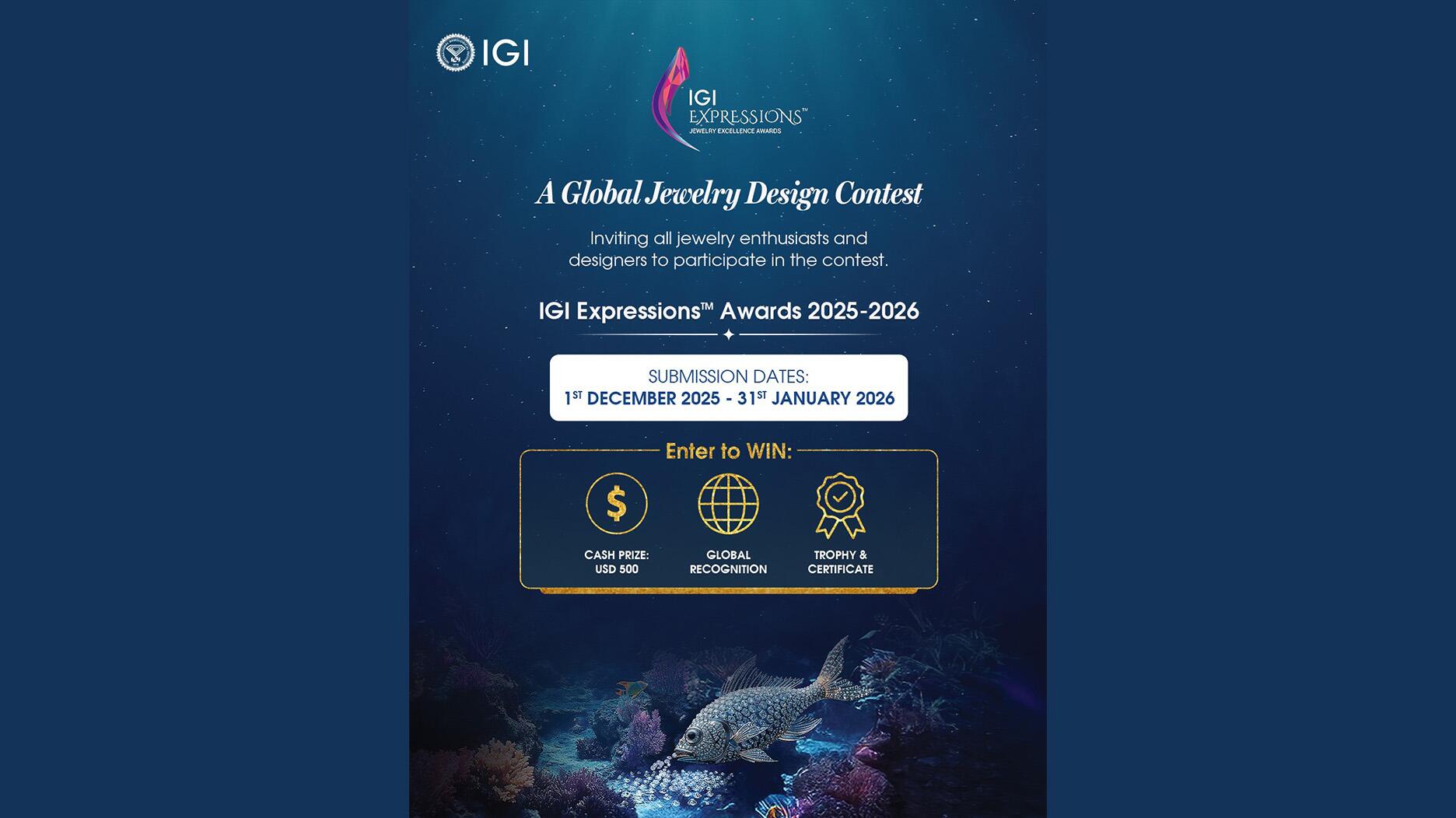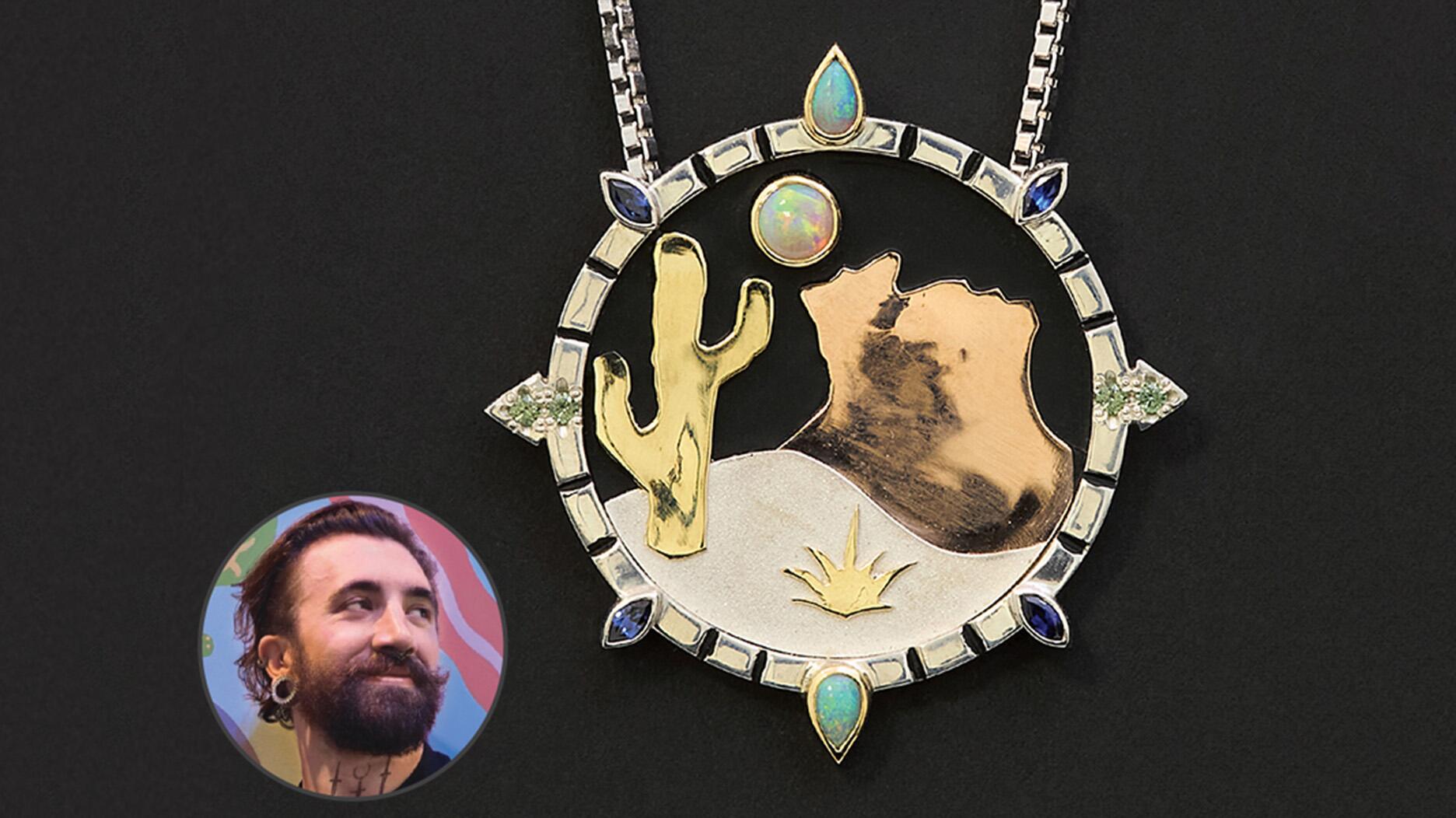Carlos Jose Hernandez and Joshua Zuazo were sentenced to life without the possibility of parole in the 2024 murder of Hussein “Sam” Murray.
6 Questions with a WJA Visionary: De Beers Group
National Jeweler spoke with this year’s Awards for Excellence recipients about the industry today and more. Rounding out the honorees: David Prager on behalf of De Beers.

New York—The Women’s Jewelry Association changed the format of its Awards for Excellence gala this year.
Instead of voting on nominees in more than a dozen categories and revealing the winners live at the event, the WJA pre-selected three individuals and one corporation/organization to recognize with the first WJA Visionary Awards.
Prior to the jewelry event held July 16 in New York, National Jeweler asked each of the recipients about the jewelry industry today, women’s roles in the industry and more.
The fourth and final in our WJA Q&A Visionary series: De Beers Group, which established a three-year partnership with UN Women last year to promote the advancement of women within the company, in the countries where it produces diamonds and in its marketing.
Answering on behalf of De Beers is David Prager, executive vice president of corporate affairs, who also accepted the award on behalf of the company at the gala alongside Elizabeth Nyamayaro, head of UN Women’s “HeForShe” movement.
(Due to rules about international civil servants, UN Women declined an interview of a single individual but did provide a statement to National Jeweler; it is included below following the Q&A.)
National Jeweler: How does diamond mining tie in with women’s rights?
David Prager: Like all parts of the mining sector, the diamond mining industry has traditionally been predominantly male. While advancements have been made across the industry and society more broadly that ensure that women’s rights are now not only legally recognized but fundamentally respected, it’s clear that as an industry we still have a long way to go when it comes to further supporting and encouraging women to pursue careers in mining.
Efforts in this regard are, of course, already underway across many parts of the sector and we all acknowledge that change won’t happen overnight, but more still needs to be done. Even changes as simple as ensuring we all have safety clothing that fits women, through to reviewing shift schedules or considering alternatives to remote working, will open new opportunities and make it more attractive for women to join the industry.
The good news is that it’s now widely recognized that having a greater representation of women in mining will strengthen the sector and bring benefits for all, and as a result it’s increasingly becoming a priority focus area across the sector.
NJ: Why the focus on micro-entrepreneurs and STEM (science, technology, mathematics and engineering) students in De Beers’ diamond-producing countries?
That’s why, through our partnership with UN Women, we’re investing $3 million over three years in programs to support women in our diamond-producing countries. We’ve worked closely with UN Women to identify and develop programs that will have a significant and sustainable impact, with our investment focused on two key areas: supporting women micro-entrepreneurs in our southern Africa producer countries of Botswana, Namibia and South Africa, and providing STEM scholarships to young women in Canada.
In southern Africa, we know that many women face particular challenges when it comes to running their own small businesses, including balancing running a business with household and family responsibilities, lacking access to transport and capital, and having risk appetite than men. So our programs are focused specifically on assisting female micro-entrepreneurs in the informal sector to build resilience and business skills that will support the growth and sustainability of their businesses. Our target is to create 1,500 sustainable jobs across our southern Africa producer countries over the course of our three-year partnership.
In Canada, we‘re focused on encouraging more young women to consider STEM subjects at university to provide them with a pathway to the mining industry and help to address one of the key challenges the industry faces when it comes to attracting women: the lack of female graduates from STEM disciplines. We’re partnering with the University of Waterloo and the University of Calgary to offer scholarships to female students, with a specific focus on indigenous candidates from the Northwest Territories and northern Ontario, where we have mining operations. The first of these scholarships have been awarded with students due to start their studies in September.
NJ: In regards to De Beers’ efforts to achieve parity in the appointment of women and men into senior leadership roles at De Beers by 2020, why did the company feel it was important to do this? What effect are you all hoping this has in regards to being an example for the rest of the industry?
DP: There is a significant amount of research that links increased diversity in an organization to increased productivity as a result of enhanced innovation, resilience, performance and safety. So it was clear that we were not performing as the best company we could be when only 24 percent of our workforce and 17 percent (at the time) of our leadership was women. Research also shows that the benefits of gender diversity are not realized until there is a minimum of 25 percent representation of women in management positons.
“The good news is that it’s now widely recognized that having a greater representation of women in mining will strengthen the sector and bring benefits for all, and as a result it’s increasingly becoming a priority across the sector.”We therefore wanted to make a bold commitment to achieve greater gender diversity within our organization as it’s not only the right thing to do, the business benefits were obvious. By making our commitment public, it sends a clear message that we are very serious about this and ensures we will be held to account. Our commitment is to accelerate the advancement of women throughout our business by achieving parity in the appointment rate of women and men into senior leadership positions by 2020.
We’re still early in our journey, and we’re learning and refining our approach along the way. We’re certainly not the only business in the diamond industry that has identified the advancement of women as a priority, so we are keen to support, encourage and learn from one another, as ultimately, we all have a role to play in moving the industry forward together.
NJ: What else is the company doing internally to help women achieve their career goals and ensure that both men and women are treated equally in a professional setting?
DP: Our public commitment to accelerate the appointment of women into senior leadership positions is coupled with a holistic approach to level the playing field for all employees across De Beers Group. As part of this, we started by conducting interviews to understand the key challenges and opportunities for women across the group. We then established a Gender Diversity Steering Group with champions from across the business. The program was then split into three pillars—leadership and culture, talent attraction and development, and working practices and measures.
Our initiatives have been designed to move the dial under each of these pillars. For example, under the pillar of leadership and culture, group-wide unconscious bias training is being rolled out and a Reciprocal Mentoring Programme has been established, led by our executive management team. Further initiatives that sit under talent attraction and development include the creation of new recruitment guidelines and leadership development programs.
Finally, we’re undertaking full reviews of our working practices around harassment, bullying and flexible working, as well as ensuring that we have measures in place to track both inclusion and diversity across the group.
NJ: What other goals do you have for the partnership between De Beers and UN Women?
DP: We’ve made three key commitments that underpin our three-year partnership with UN Women, which are:
—Investing $3 million to empower women and girls in our diamond-producing countries;
—Accelerating the advancement of women across our organization by more than doubling the rate of women appointed into senior leadership roles, achieving parity in the appointment of women and men into senior leadership by 2020; and
—Serving as a positive force for gender equality in the marketing campaigns of our consumer brands, Forevermark and De Beers Jewellers, so that they reflect the diverse roles that women occupy in society.
In addition, our CEO, Bruce Cleaver, has been named a UN Women “HeForShe” Thematic Champion. HeForShe is the UN’s global movement for the acceleration of gender equality, and Bruce is one of seven global Thematic Champions who have committed to implementing policies and actions with their organization to advance gender equality.
NJ: What else do you think the gem and jewelry industry can do to support gender equality and women’s empowerment?
DP: I think the key is to make sure the conversation continues in order to raise awareness of the importance of gender equality, so that as an industry we’re open and honest about the challenges we face and can support each other in working towards our shared goals. While we’ve still got a long way to go on our own journey at De Beers Group, we would welcome opportunities to share our learnings with others in the industry, and to learn from them as well.
There certainly seems to be a groundswell of recognition across the industry that we need to do more to ensure greater representation of women at all stages of the diamond value chain. After all, with more than 90 percent of the world’s diamond purchases being for or by women, ensuring diamonds stand for women should be of critical importance to us all.
Statement from UN Women: “To achieve the UN Sustainable Development Goals, HeForShe—United Nations’ global solidarity movement for gender equality—strategically partners with companies and organizations that have a passion, interest and ability to deliver tangible results on gender equality.
In 2017, De Beers Group joined a unique cohort of HeForShe Thematic Champions, making a game-changing gender equality commitment that will transform their organization and the industry. The role of all Champions, including Bruce Cleaver, CEO of De Beers Group, is to solve some of the most pressing issues in the sphere of diversity and inclusion of our time and capture these solutions so that others can replicate their success.
De Beers has committed to accelerate the advancement of women across its organization, in its diamond-producing countries and in its marketing and by the end of 2020. Collectively, we are documenting proven practices from all HeForShe Champions to better understand to ensure that efforts and resources are spent where they will make most impact.
The WJA award recognizes the importance and strength of such partnerships for the acceleration of progress toward gender equality.”
The Latest

Yood will serve alongside Eduard Stefanescu, the sustainability manager for C.Hafner, a precious metals refiner in Germany.
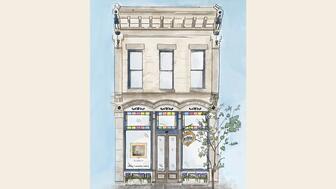
The New Orleans jeweler is also hosting pop-up jewelry boutiques in New York City and Dallas.

How Jewelers of America’s 20 Under 40 are leading to ensure a brighter future for the jewelry industry.

Set in a Tiffany & Co. necklace, it sold for $4.2 million, the highest price and price per carat paid for a Paraíba tourmaline at auction.


The jeweler’s “Deep Freeze” display showcases its iconic jewelry designs frozen in a vintage icebox.

Take luxury gifting to new heights this holiday season with the jeweler’s showstopping 12-carat sphene ring.

Roseco’s 704-page catalog showcases new lab-grown diamonds, findings, tools & more—available in print or interactive digital editions.

In its annual report, Pinterest noted an increase in searches for brooches, heirloom jewelry, and ‘80s luxury.

Starting Jan. 1, customers can request the service for opal, peridot, and demantoid garnet.
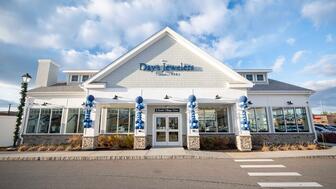
The 111-year-old retailer celebrated the opening of its new location in Salem, New Hampshire, which is its third store in the state.
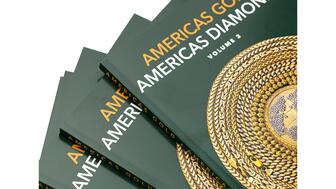
The new catalog features its most popular chains as well as new styles.
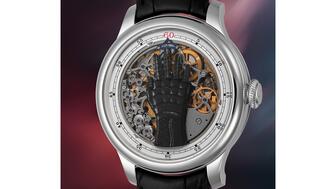
The filmmaker’s personal F.P. Journe “FFC” prototype was the star of Phillips’ recent record-setting watch auction in New York.

The new location in the Design District pays homage to Miami’s Art Deco heritage and its connection to the ocean.

Inflations, tariffs, and politics—including the government shutdown—were among consumers’ top concerns last month.
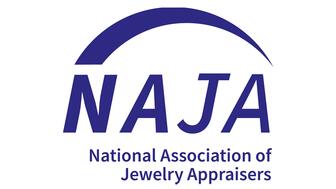
“Longtime favorite” presenters, as well as first-time speakers, will lead talks and workshops at the annual event in Tucson next year.
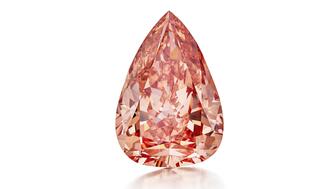
The sale of the 31.68-carat, sunset-hued stone was part of Sotheby’s first series of events and auctions in Abu Dhabi.

Most customers who walk into your store this month have made up their minds. Your job is to validate their choice, Emmanuel Raheb writes.

The collection features characters and motifs from Ukrainian folklore, including an enchanted mirror and a magic egg.
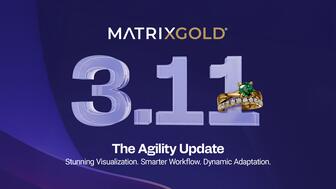
MatrixGold 3.11, the newest version of the jewelry design program, offers more flexibility, precision, and creative control.

The pavilion will be part of the 2026 JA New York Spring show, scheduled for March 15 to 17.

Kadet, a 1994 National Jeweler Retailer Hall of Fame inductee, helped grow the family-owned retailer in the Chicago area and beyond.

Billed as the world’s smallest wearable, Lumia Health’s new smart earrings have a health tracker subtly embedded in the back.
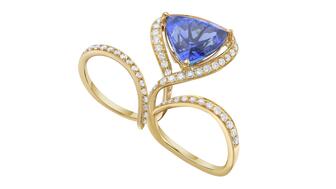
Don’t let those with December birthdays feel blue. Help them celebrate their month with blue zircon, turquoise, and tanzanite.
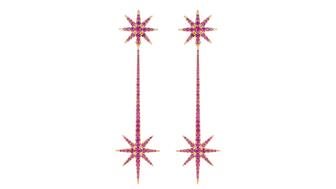
The new pink sapphire version of the piece dances with its wearer in the brand’s “Icons After Dark” holiday campaign.

A choice that’s generated a lot of commentary, Pantone says “Cloud Dancer” marks a fresh start and encourages relaxation and creativity.
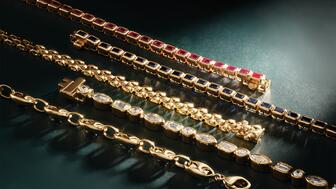
The manufacturer’s holiday campaign features a gift guide filled with trending designs and jewelry that can be personalized.









